Spring is a time of renewal, but it can also bring unpredictable weather conditions, such as late frosts and heavy rains. Protecting your plants during the early spring months ensures that they stay healthy and strong as they emerge from their dormant winter phase. From preventing frost damage to supporting young growth, effective spring plant protection helps ensure a thriving garden. Here are some key strategies to keep your plants safe as they start to grow.
Spring Plants & Protection
Spring Plants
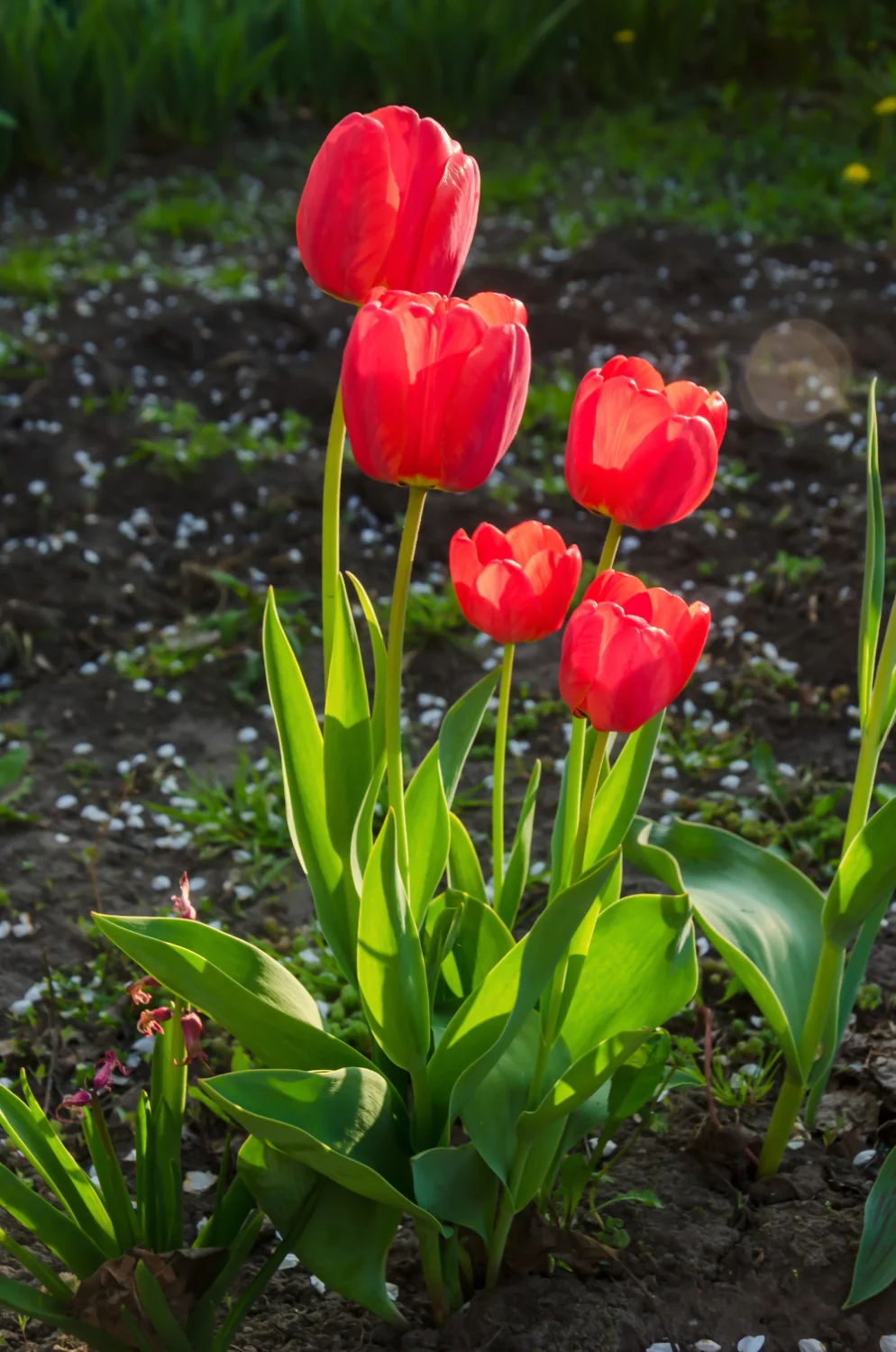
Tulips
Tulips are one of the most popular spring flowers, known for their vibrant colors and wide variety of shapes. They thrive in full sun and well-drained soil, with bulbs planted in the fall for a spring bloom.

Daffodils
Daffodils bloom early in spring, with their bright yellow and white flowers lighting up gardens. These hardy perennials thrive in full sun or partial shade and need well-drained soil.
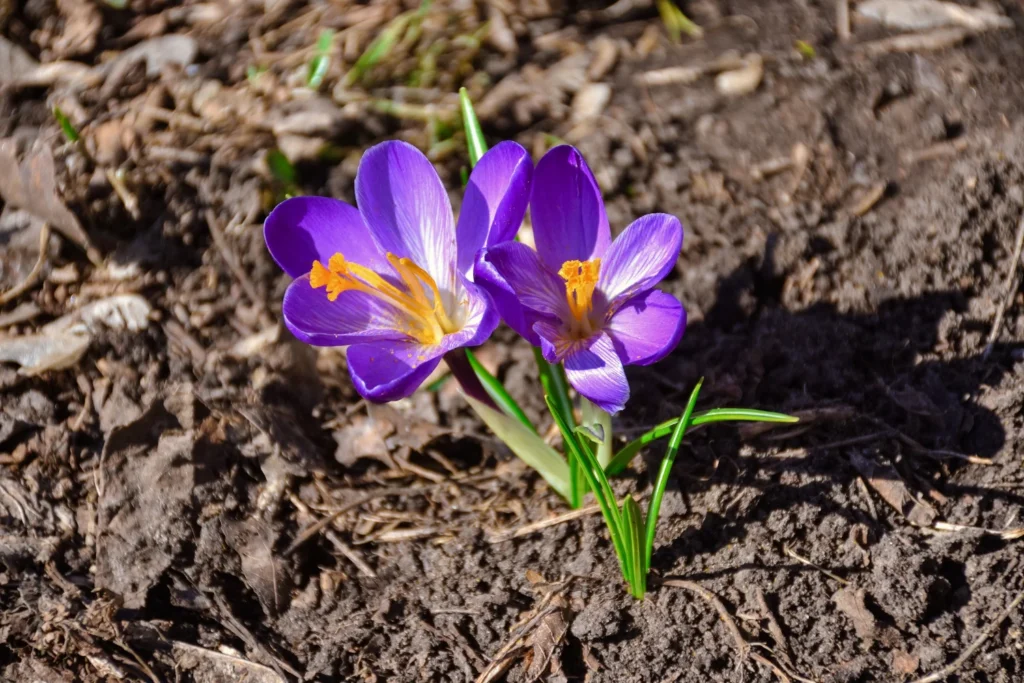
Crocus
Crocus is one of the first flowers to bloom in spring, often poking through the snow. They thrive in well-drained soil, full sun, and are ideal for adding color to gardens or containers early in the season.
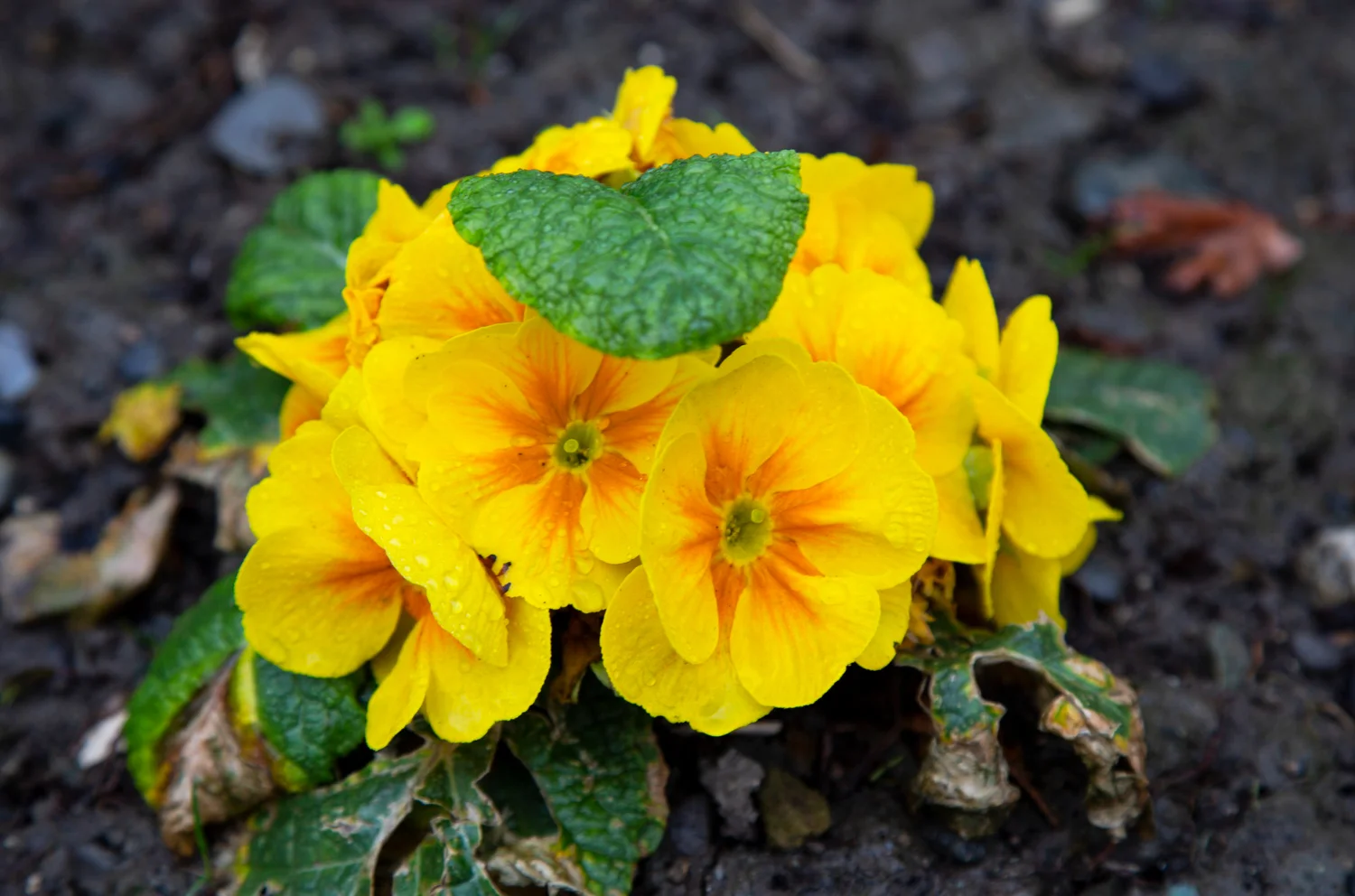
Primroses
Primroses are early-blooming perennials that bring colorful flowers in shades of yellow, pink, and purple. They prefer partial shade and moist, well-drained soil and are perfect for spring gardens.
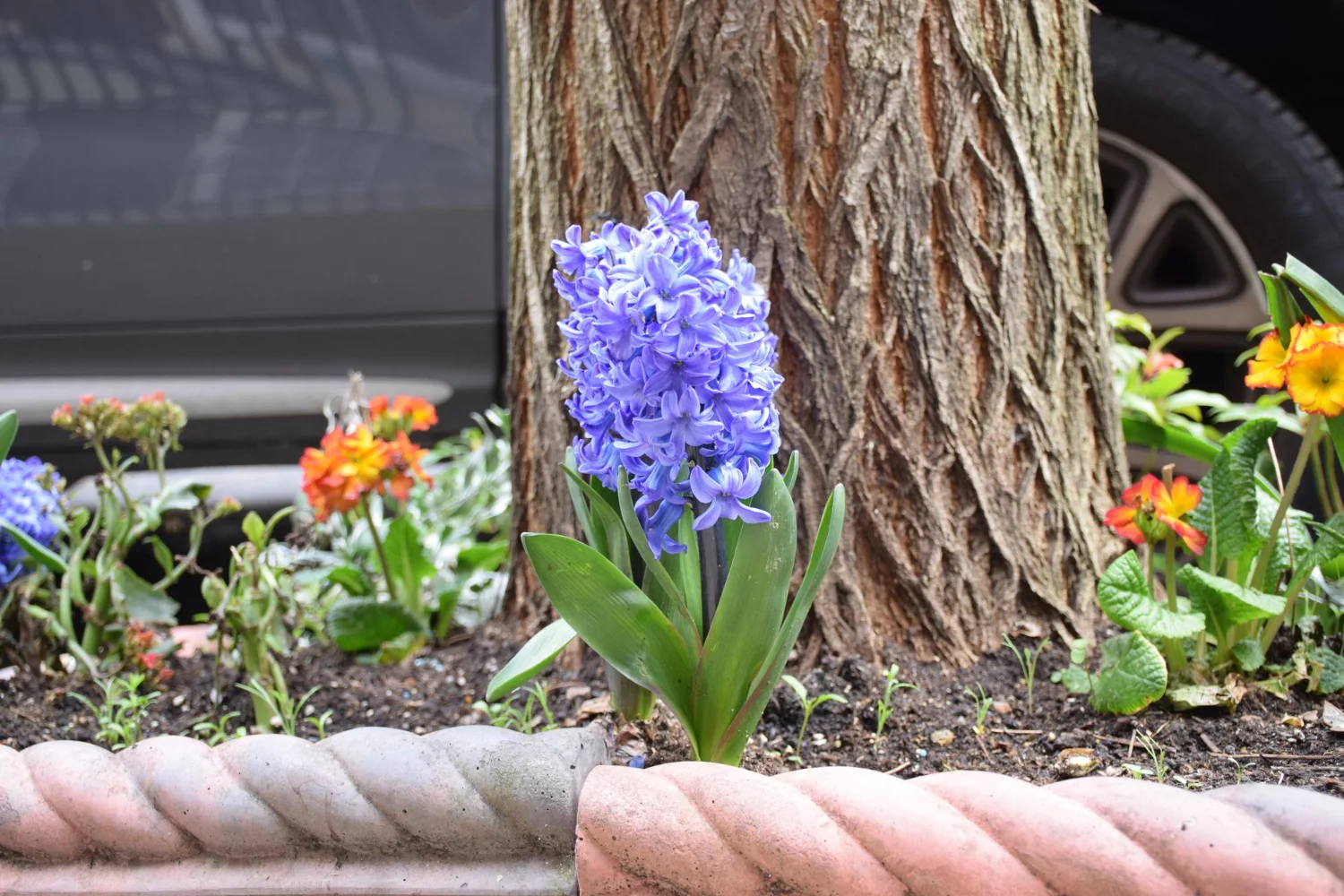
Hyacinths
Known for their fragrant flowers, hyacinths bloom in early spring with colors ranging from pink to blue. They thrive in full sun and well-drained soil and are often used in containers or as borders.
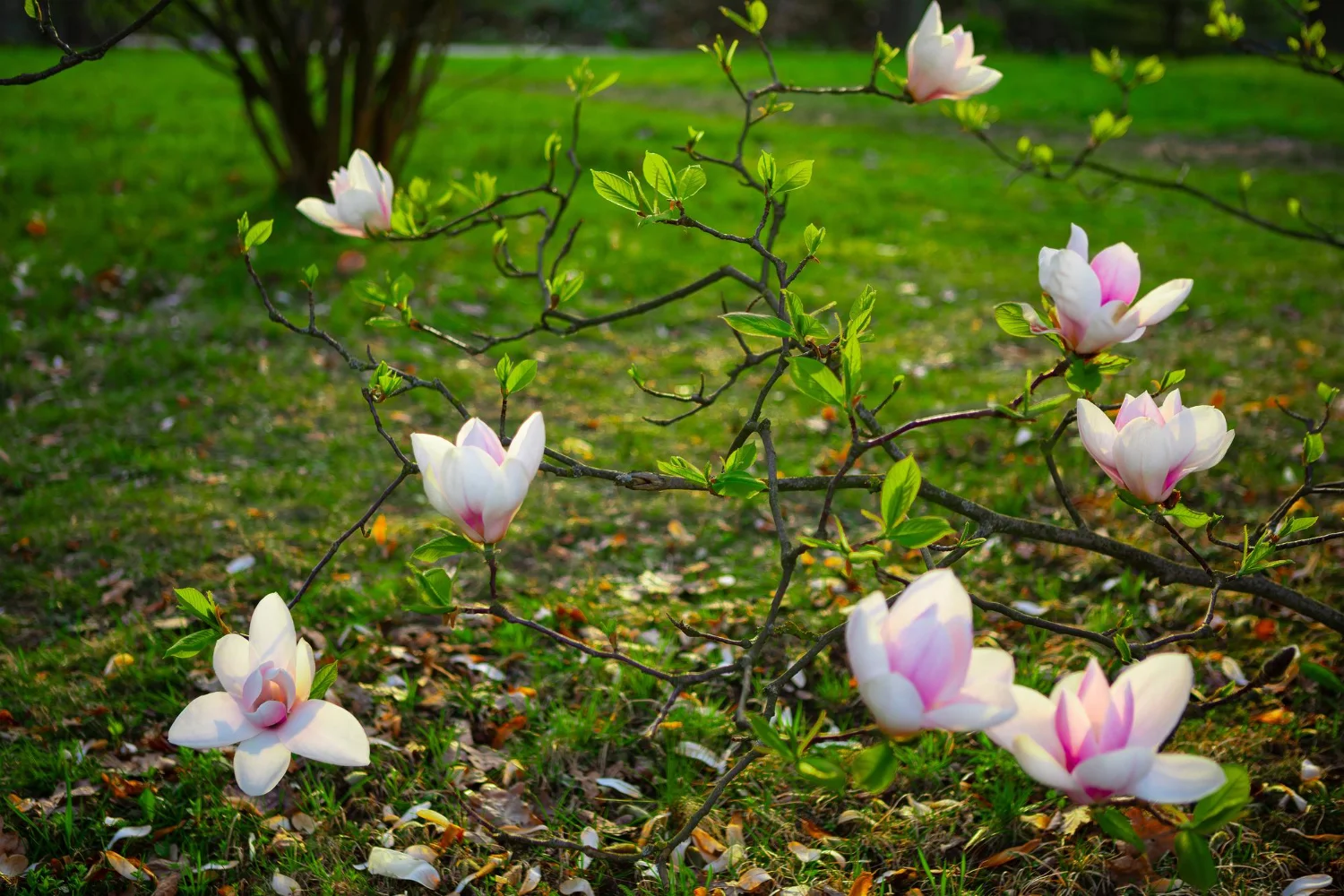
Magnolia
Magnolias are beautiful flowering trees that bloom in early spring, showcasing large, fragrant flowers in shades of pink, white, or purple. They prefer full sun and well-drained soil.
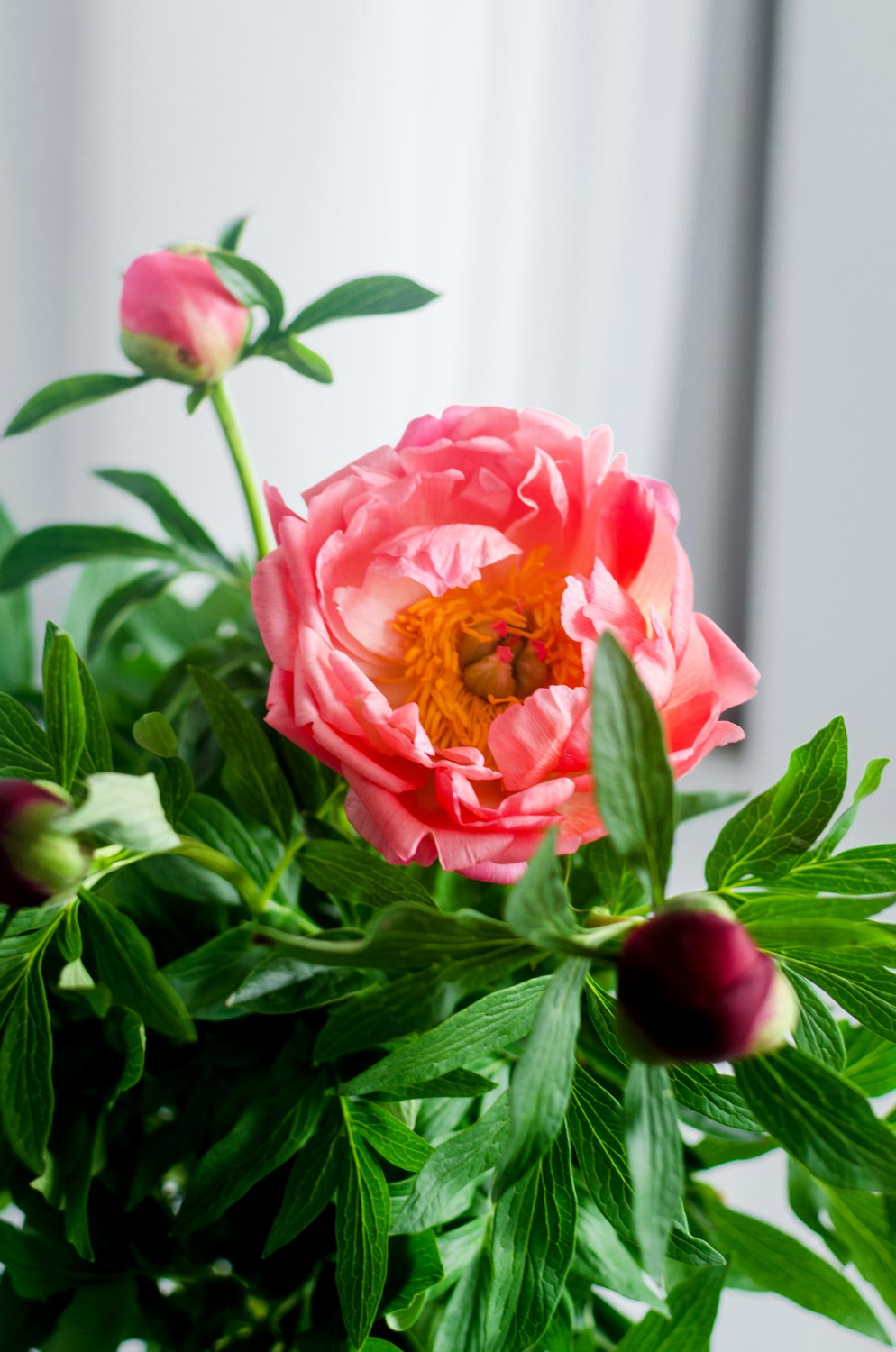
Peonies
Peonies are beloved for their large, showy blooms that appear in late spring to early summer. These perennials thrive in full sun and well-drained soil and are long-lived, returning year after year.

Bleeding Heart
Bleeding hearts produce unique heart-shaped flowers in early spring. They thrive in shaded areas with moist, well-drained soil, making them perfect for woodland gardens or shaded borders
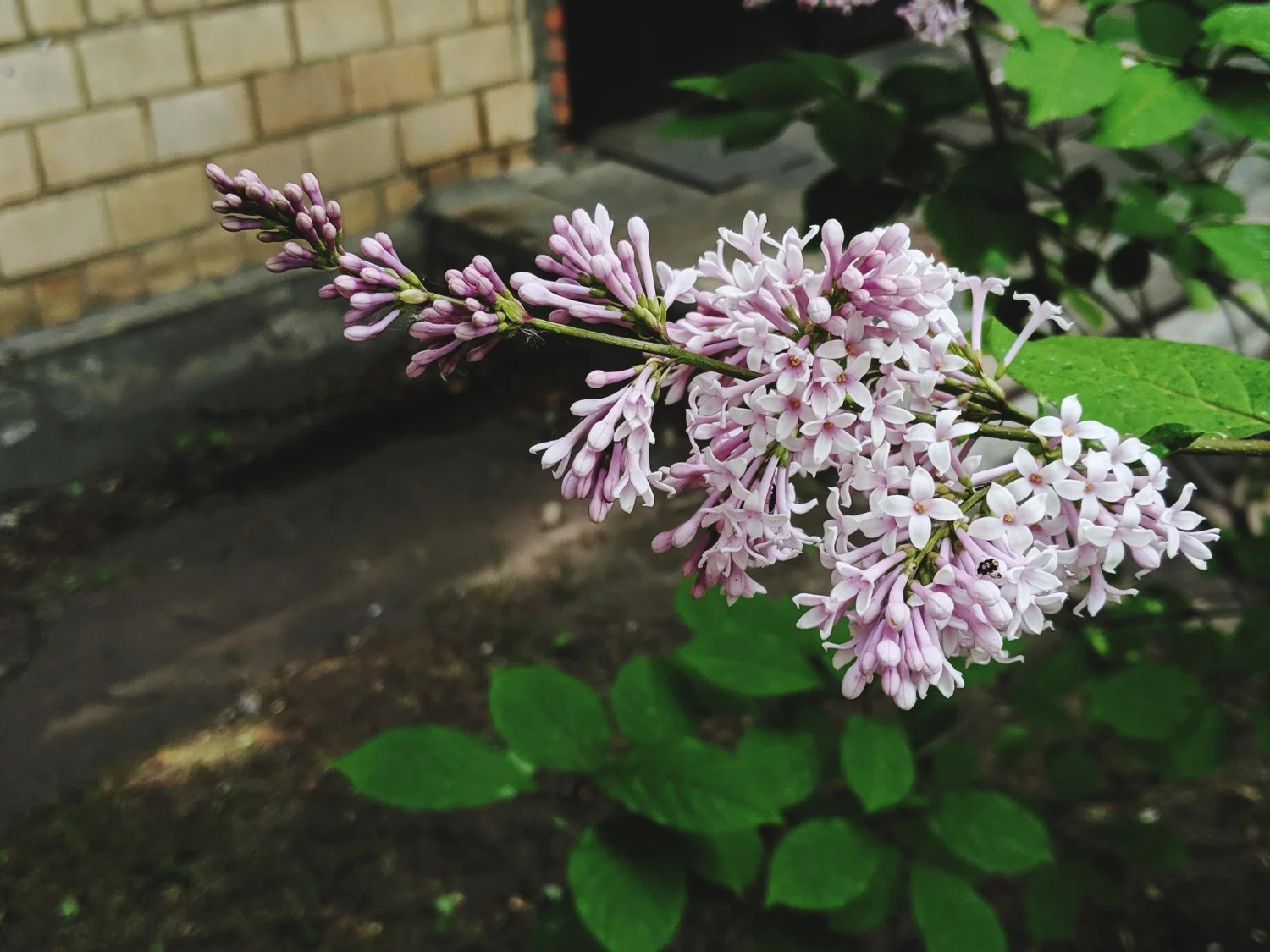
Lilacs
Lilacs are known for their fragrant, lavender or purple flowers, blooming in late spring. They thrive in full sun and well-drained soil, making them a popular choice for spring gardens.
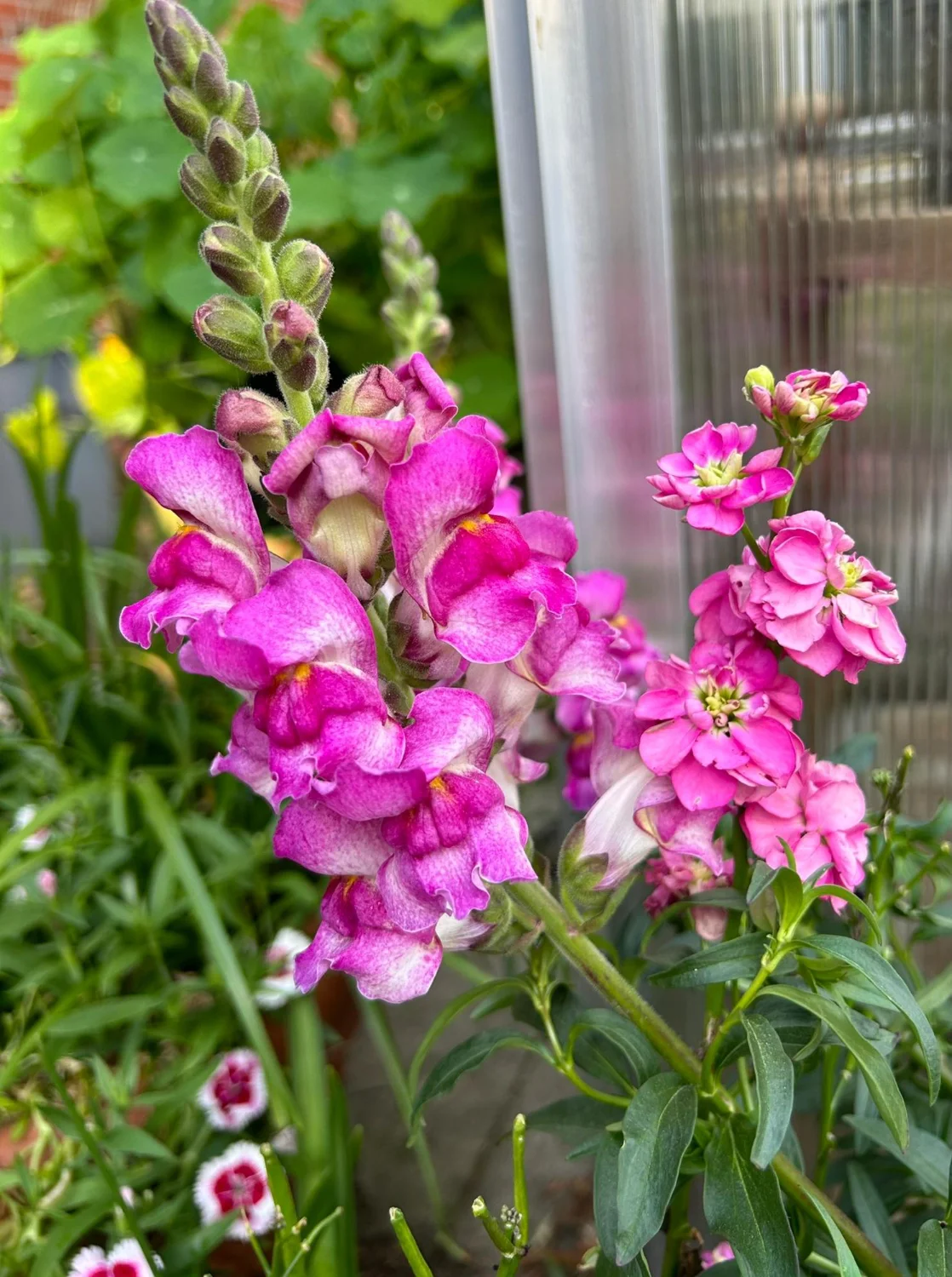
Snapdragons
Snapdragons are cool-season annuals that bloom in a variety of colors in early spring. They prefer full sun and well-drained soil and are perfect for adding height and color to garden beds and containers.
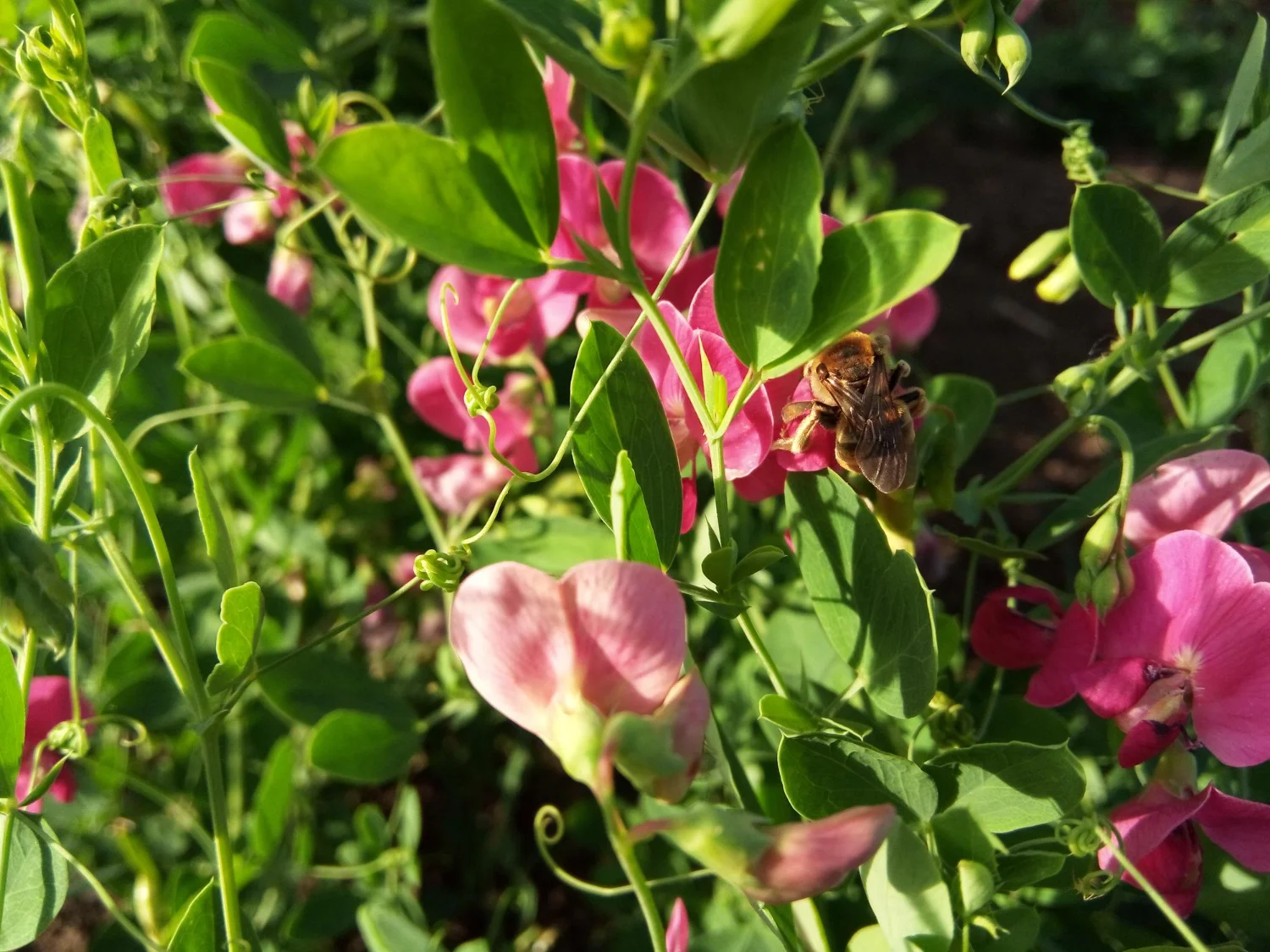
Sweet Peas
Sweet peas are fragrant, colorful flowers that bloom early in spring and thrive in cool weather. They grow well in full sun and are perfect for adding vertical interest to your garden.
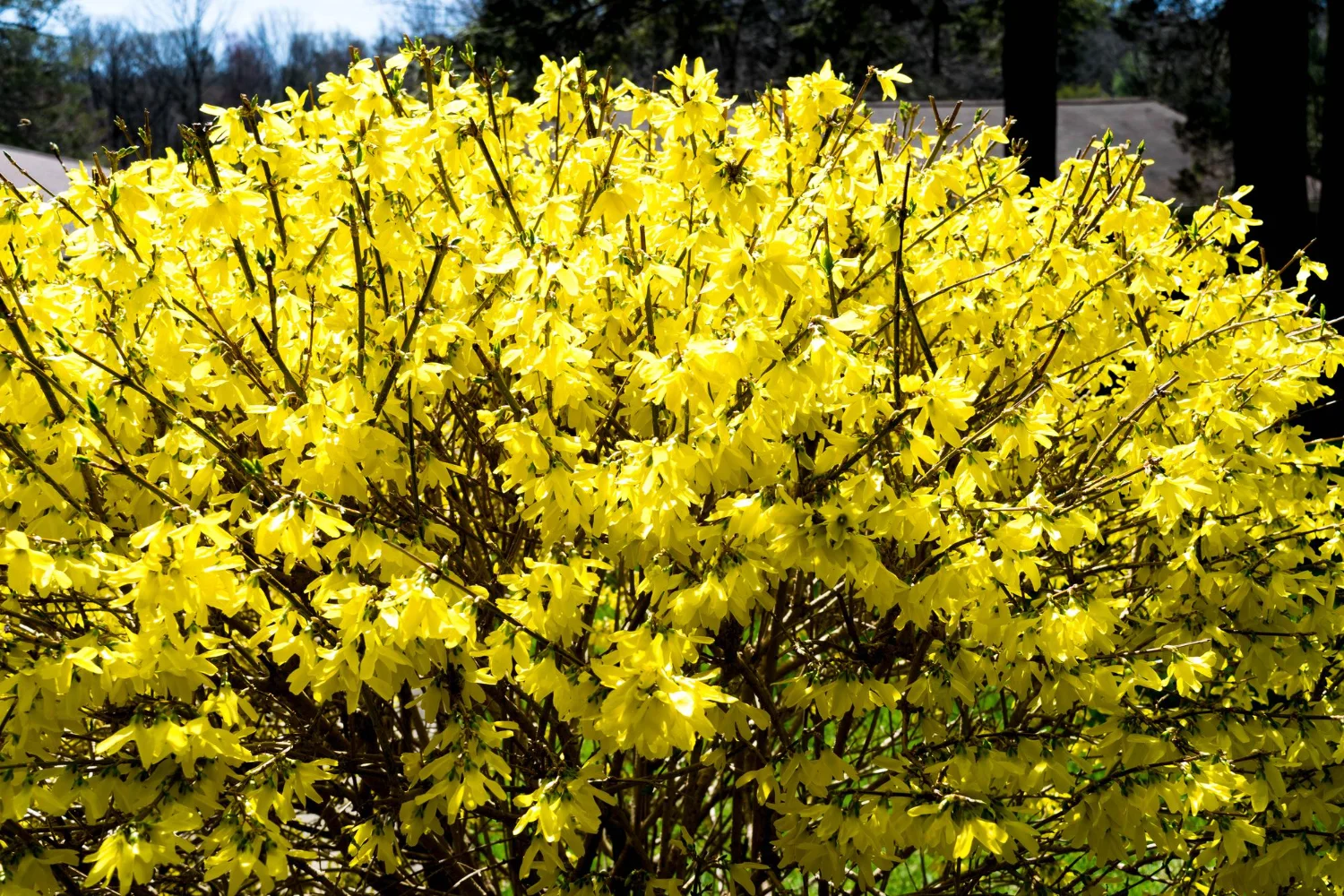
Forsythia
Forsythia is a fast-growing shrub that bursts into bright yellow flowers in early spring. It thrives in full sun and well-drained soil, providing vibrant color and attracting pollinators.
Spring Protection
Protect Roots from Compaction
As the soil warms up in spring, it’s important to avoid compacting the soil around plants, as this can restrict root growth and water movement. Avoid stepping on garden beds or disturbing the soil unnecessarily. Instead, work the soil gently using tools and methods that reduce soil disturbance. If planting in containers, ensure that they have adequate drainage to prevent waterlogging. Consider adding organic matter like compost to improve soil structure and promote healthy root growth. Healthy, uncompacted soil allows roots to spread freely, helping plants access nutrients and water more efficiently, which is crucial for their spring growth.

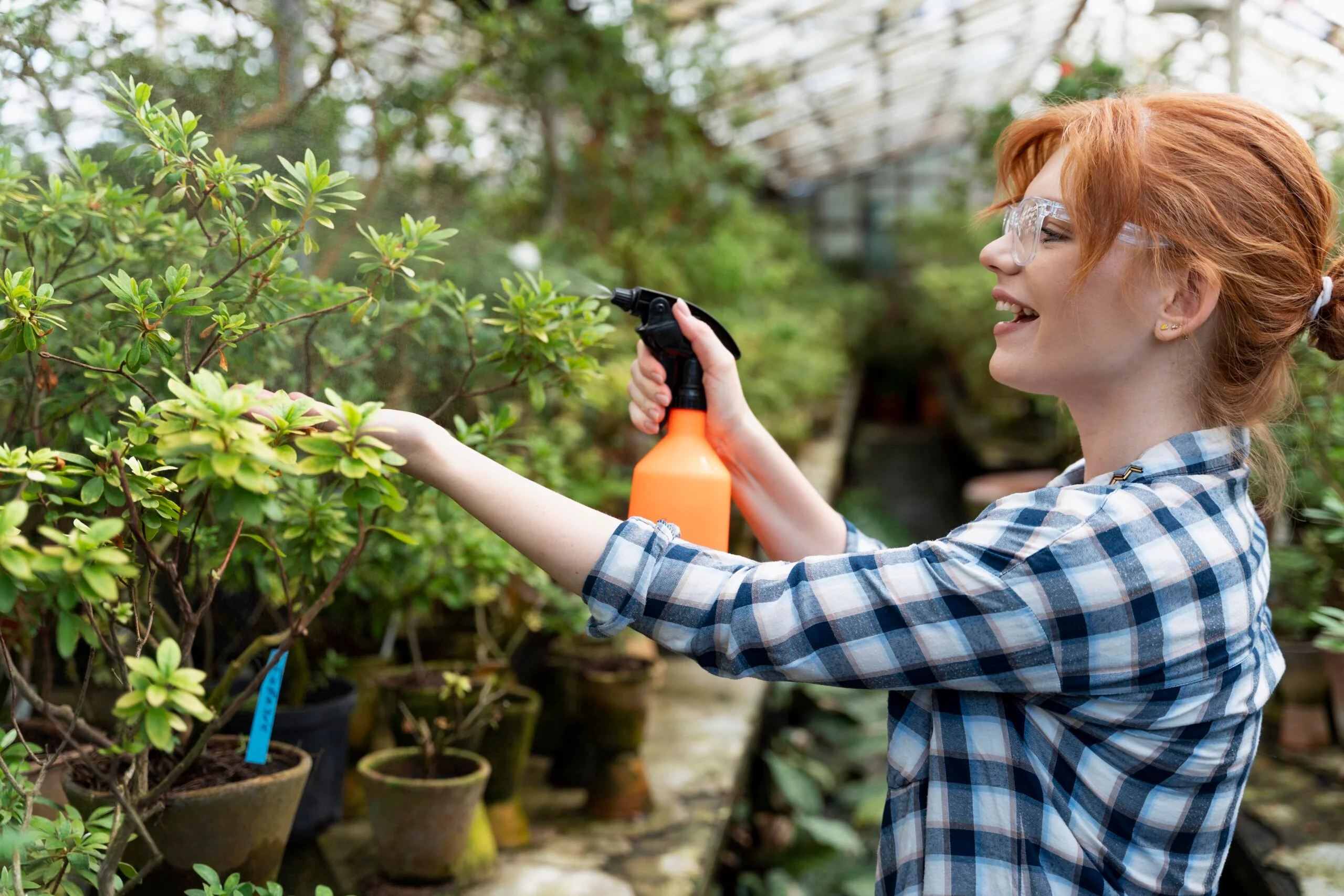
Encourage Pollinators
Spring is a time when many plants start blooming, and attracting pollinators like bees, butterflies, and hummingbirds is essential for healthy plant growth. Plant flowers that attract these pollinators, such as lavender, marigolds, and sunflowers. Avoid using harmful pesticides that can deter beneficial insects. You can also create a welcoming environment for pollinators by leaving out a shallow water dish and providing shelter with native plants. Encouraging pollinators ensures better fruit set, vibrant blooms, and overall plant health.
Control Weeds Early
Spring is the perfect time to get ahead of weeds, which can quickly compete with your plants for nutrients, water, and light. Remove weeds by hand or with a hoe, ensuring you get their roots to prevent regrowth. Applying a layer of mulch around your plants also helps suppress weed growth, keeping them from crowding out your plants. Be diligent in checking for new weed growth every week, especially after rain or watering, and take care to control them before they become a bigger problem. Healthy, weed-free soil gives your plants the best chance to thrive.
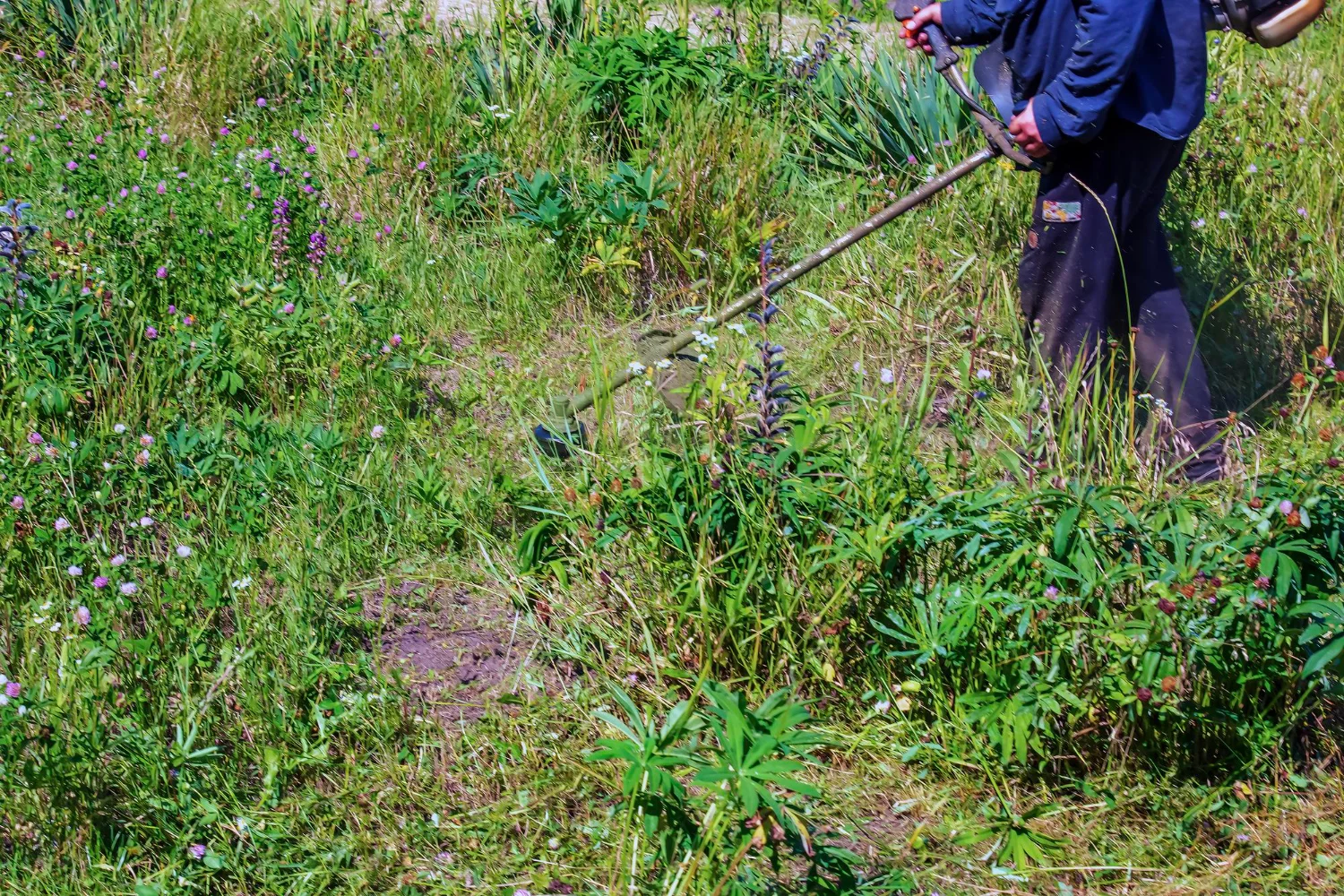
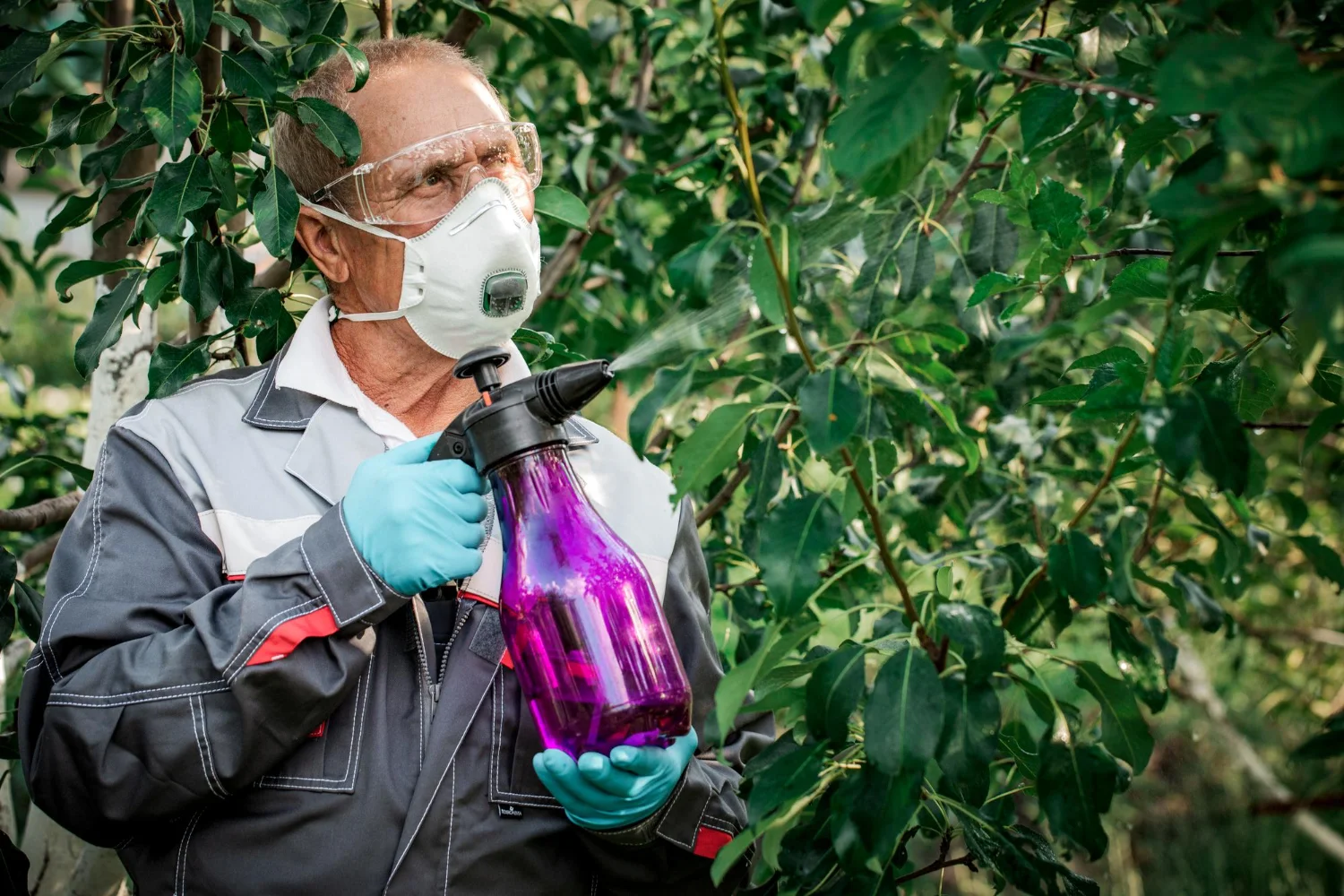
Inspect for Pest Infestations
As plants start to grow in spring, pests like aphids, slugs, and caterpillars become more active. Regularly inspect plants for early signs of pest damage, such as discolored leaves or holes. If you spot pests, take action immediately using natural pest control methods like neem oil or insecticidal soap. You can also introduce beneficial insects, like ladybugs, to keep pest populations in check. Early intervention can prevent a minor issue from turning into a major infestation, helping your plants stay strong and healthy throughout the season.
Use Row Covers for Extra Protection
Row covers are a great way to protect early spring plantings from unexpected frost or pests. These lightweight, breathable covers shield your plants from both cold temperatures and insects, without blocking out light or air. Simply drape row covers over newly planted crops to keep them safe during the early growing season. They can also provide protection from harsh winds, which are common in spring, and help maintain a more consistent temperature around the plants. Be sure to remove the covers once the risk of frost has passed to allow plants to fully acclimate.


Check for Signs of Stress
As plants start to grow in spring, it’s important to watch for early signs of stress. Wilting, yellowing leaves, or poor growth can indicate that your plants need additional care. Stress can result from a variety of factors, including improper watering, lack of nutrients, or pest damage. Monitor your plants closely for any signs of issues and take action quickly. By identifying stress early, you can prevent more serious damage and help your plants bounce back, ensuring a strong growing season.
